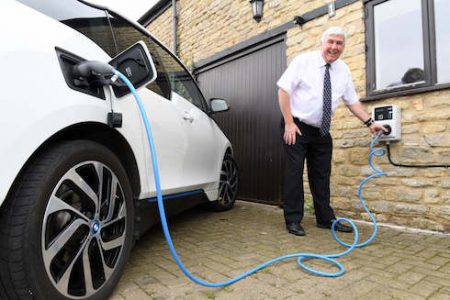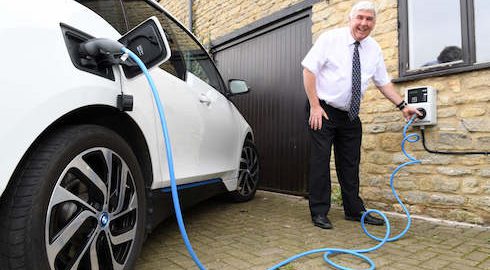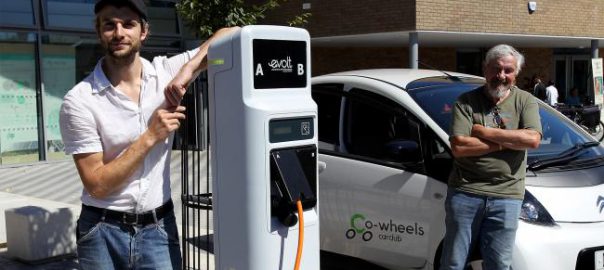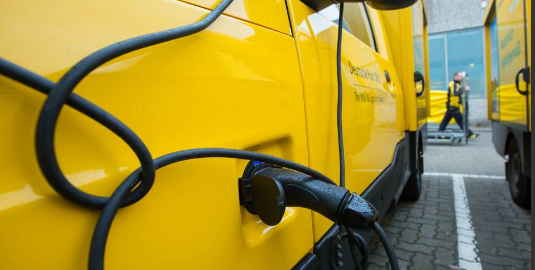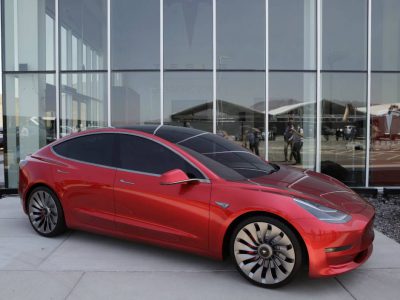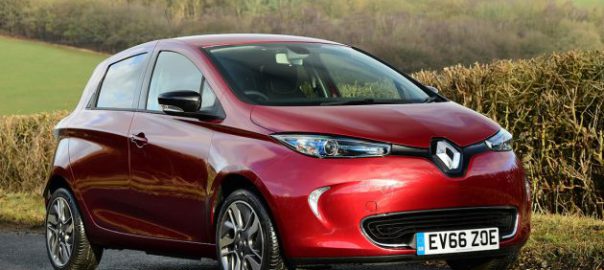We’re all pretty clued-up about the benefits to zero-emission driving these days. Not only do electric cars help to improve air quality, lower your SMR costs and bring a reduction in BIK tax bills, they also deliver huge savings by not relying on fuel.
According to many experts, we are now getting very close to mass adoption of electric cars here in the UK. But they’re still a niche choice for many fleets because higher P11D prices and anxieties over range remain key stumbling blocks.
A whole-life cost approach is essential and, as discussed in the previous pages, they have to be fit for purpose to provide enough savings to outweigh the initial cost. But technology is improving at a considerable rate and battery ranges are increasing with every update.
The Renault Zoe

Refreshed in 2016, now offers an official 250-mile range – the best the sector has to offer, Tesla aside.
According to the French carmaker, if you use the most efficient means possible, like charging at night, running a Zoe could cost as little as 2p per mile in warmer weather, rising to 3ppm when the nights draw in. As well as offering the best range of our four cars here, the Zoe is also the cheapest to buy with P11D prices starting as low as £18,440. Despite some disappointing residual values, which are a common theme for most electric cars currently, the Zoe is the cheapest per mile too, costing 52.9p.
Renault Zoe Dynamique Nav 41kWh R90 – 52.2p CPM
P11D: £27,890
CO2 (tax): 0g/km (7%)
BIK 20/40% per month: £33/£65
Official range: 250 miles
National Insurance: £1,116
Boot space: 338 litres
Battery size/power: 41kW/92hp
0-62mph: 13.5 seconds
Residual value: 18.7%/£5,225
Fuel costs: £600
SMR: £890
Nissan Leaf

The biggest-selling electric car here in the UK by some margin, the Nissan Leaf also had a battery upgrade in 2016, which saw its range increase up to 155 miles.
Not only is the Leaf the most popular of our models here, it’s also the most practical, offering a 355-litre boot and the most interior space. The Nissan is also easy to drive and comfortable over longer distances.
Nissan Leaf Acenta 30kWh
P11D: £30,235
CO2 (tax): 0g/km (7%)
BIK 20/40% per month: £35/£71
Official range: 153 miles
National Insurance: £1,210
Boot space: 355 litres
Battery size/power: 30kW/111hp
0-62mph: 11.5 seconds
Residual value: 16.9%/£5,100
Fuel costs: £980
SMR: £1,029
BMW i3

First launched in 2013, the i3 not only marked the start of BMW’s EV model range, it also moved the game forwards considerably for electric car technology as a whole. It was a game-changer in every sense, and although it’s struggled to gain momentum in sales against its rivals, the i3 has remained one of the most desirable and technologically advanced electric cars on the market.
A battery update in 2016 doubled the car’s range to 195 miles officially on one charge, although the carmaker believes 125 miles is more realistic in real-world conditions, plus the i3 is also fitted with a new charging system that is 50% faster.
BMW i3 94ah eDrive
P11D: £32,485
CO2 (tax): 0g/km (7%)
BIK 20/40% per month: £38/£76
Official range: 195 miles
National Insurance: £1,300
Boot space: 260 litres
Battery size/power: 33kW/170hp
0-62mph: 7.3 seconds
Residual value: 30.2%/£9,825
Fuel costs: £1,200
SMR: £1,216
Hyundai IONIQ

The first car to be available in hybrid, plug-in hybrid and electric forms, the Ioniq moved Hyundai into new territory when the car was launched last year. It’s all part of the firm’s plans to have as many as 28 eco-friendly models on sale by 2020.
Arguably the most eye-catching of the four cars, the Ioniq also has one of the biggest boots, and its official 174-mile range is one of the best on offer here too. RVs, as we explained earlier, leave a lot to be desired for EVs in general; however, the Ioniq still manages to better both the Zoe and Leaf at 20.3%, and only the Renault is cheaper per mile for whole-life costs.
Hyundai Ioniq Premium
P11D: £28,940
CO2 (tax): 0g/km (7%)
BIK 20/40% per month: £34/£68
Official range: 174 miles
National Insurance: £1,158
Boot space: 350 litres
Battery size/power: 28kW/120hp
0-62mph: 10.2 seconds
Residual value: 20.3%/£5,875
Fuel costs: £862
SMR: £1,222
Read more: Business Car
